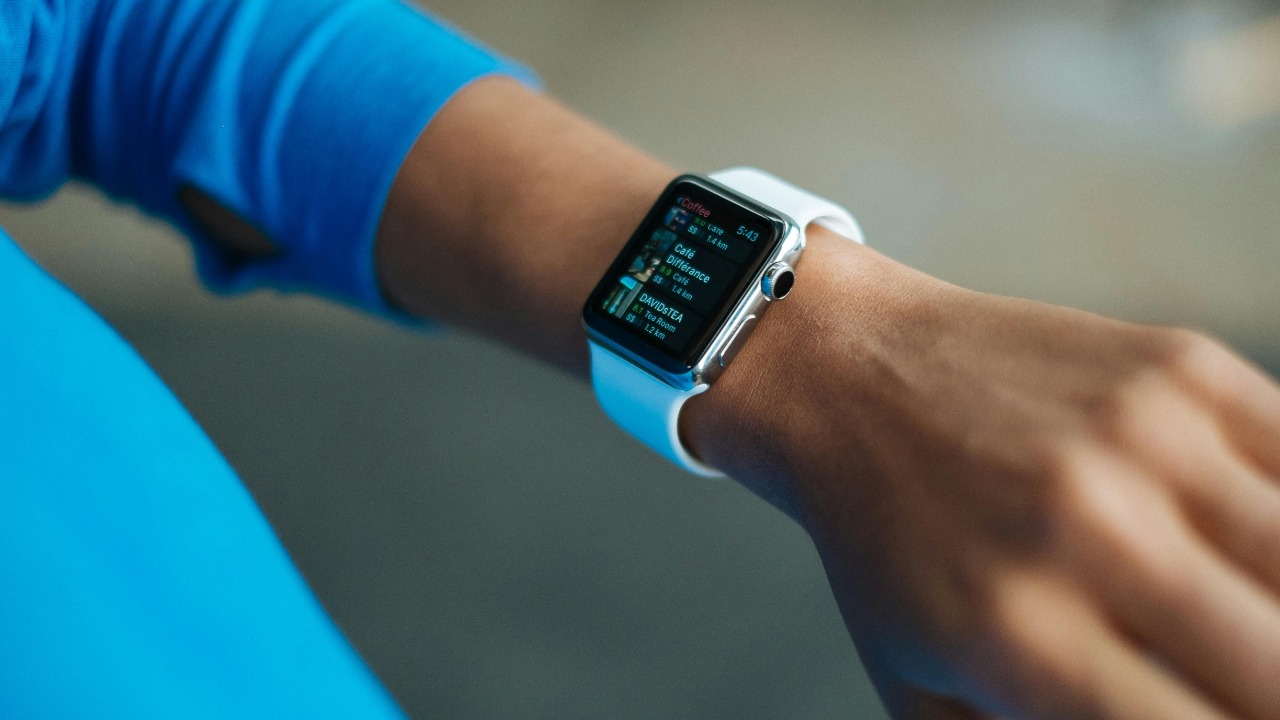
Medical technology is evolving at an unprecedented pace, with gadgets shrinking to wearable sizes to provide real-time, actionable health data. These devices are revolutionizing healthcare, empowering individuals to monitor and manage their health in ways previously unimaginable.
The Continuous Glucose Monitor: Revolutionizing Diabetes Care
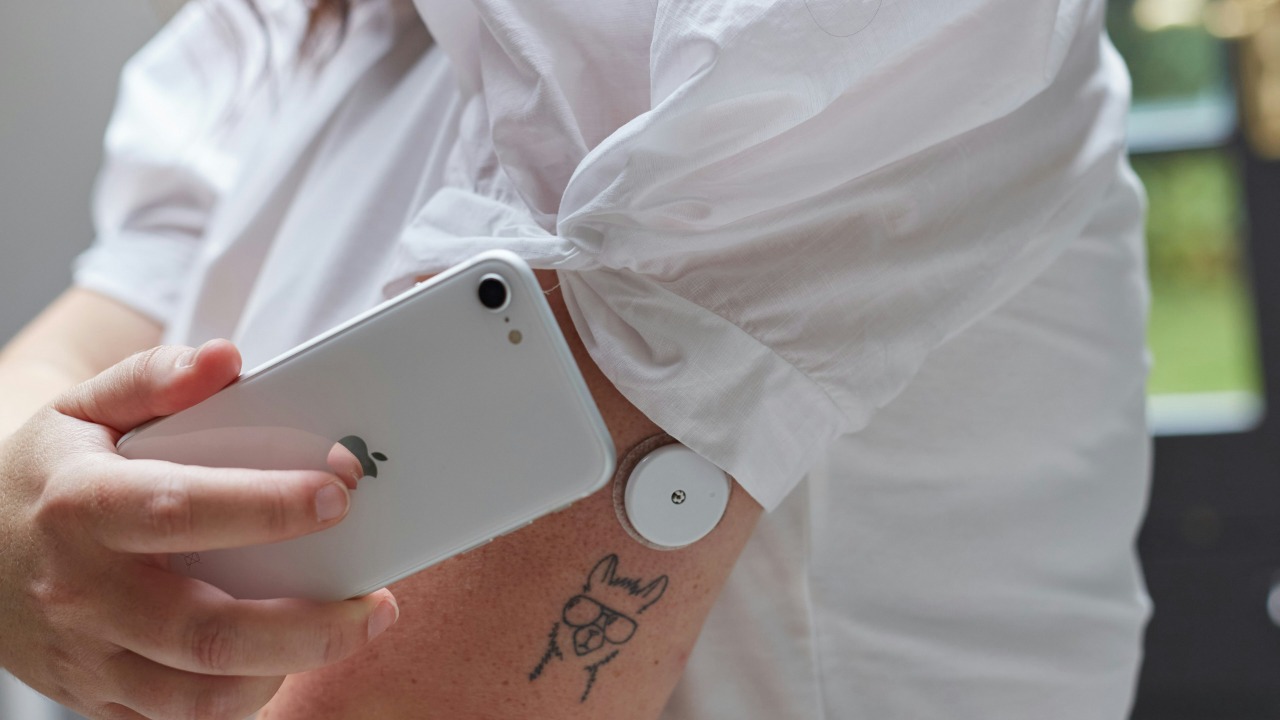
Continuous glucose monitors (CGMs) are a game-changer for individuals with diabetes. These small, wearable devices provide real-time glucose readings, alerting users to high or low blood sugar levels. This facilitates proactive management of blood glucose levels, reducing the risk of serious complications. Some CGMs are even capable of delivering insulin, further simplifying diabetes management.
A recent study published on ScienceDirect highlighted the positive impacts of CGMs on glucose control and quality of life for people with diabetes. It’s clear that this gadget is a significant leap forward in diabetes care.
Wearable ECG Monitors: Real-Time Heart Health Tracking
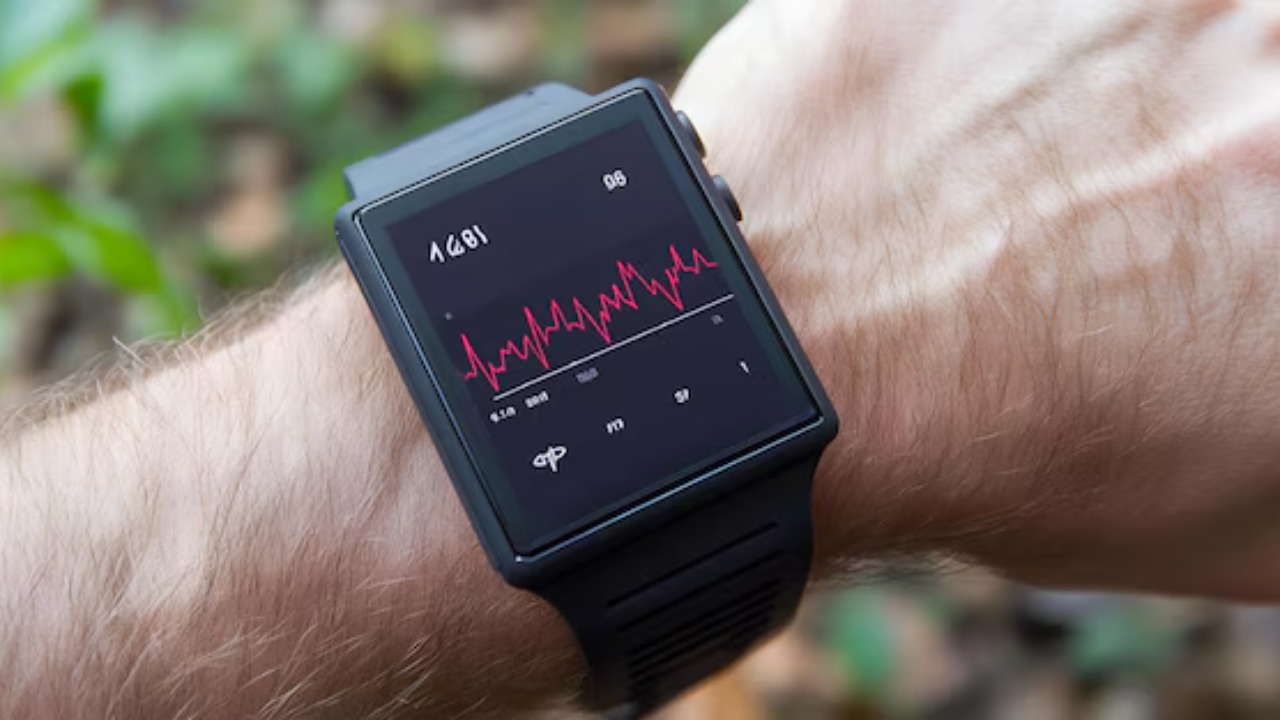
Wearable electrocardiogram (ECG) monitors are allowing individuals to keep a close eye on their heart health. These devices track heart rate and rhythm, detecting irregularities that could indicate serious conditions like atrial fibrillation. The data collected can be shared with healthcare providers, enabling a more informed and personalized approach to treatment.
These devices not only provide peace of mind for those with heart conditions, but also valuable insights into cardiovascular health for everyone. This is particularly important given the growing global burden of heart disease.
Smart Hearing Aids: More than Just Amplification
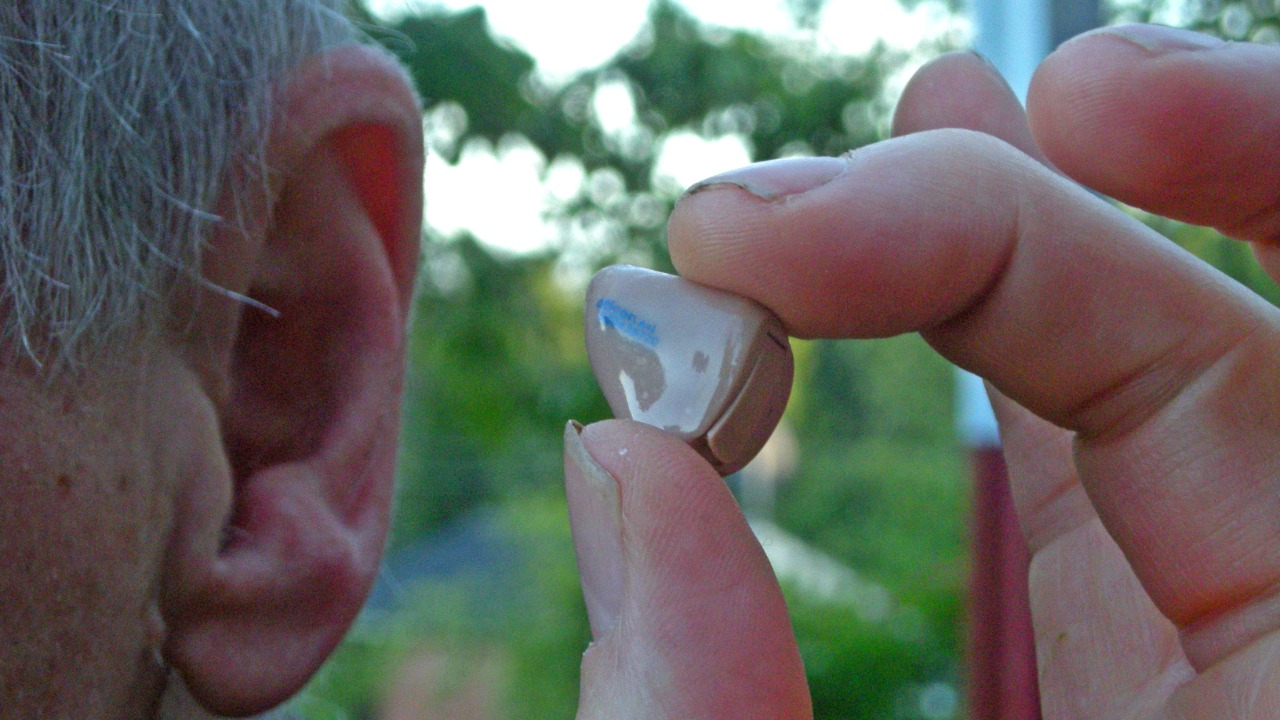
Smart hearing aids are revolutionizing the world of audiology. These devices do more than simply amplify sound; they can be customized to the user’s unique hearing profile, selectively amplifying certain frequencies while reducing background noise. Additionally, many smart hearing aids can connect to smartphones, allowing users to control settings and even stream audio directly to their device.
These advances are transforming the experience of living with hearing loss, providing users with an unprecedented level of control over their auditory environment.
Ingestible Cameras: A New Perspective on Gastrointestinal Health
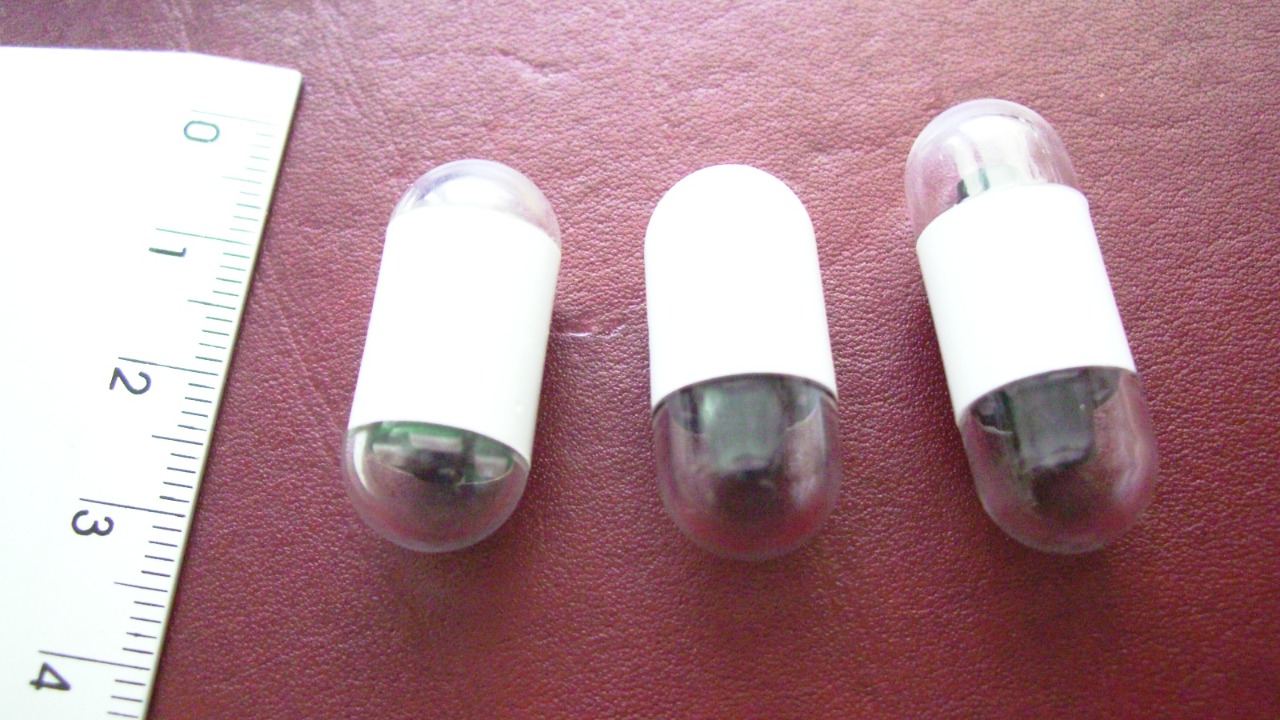
Imagine swallowing a tiny camera to explore your gastrointestinal tract. That’s exactly what ingestible cameras do. These pill-sized devices travel through the digestive system, capturing images that can help diagnose conditions like Crohn’s disease, ulcers, and cancers.
As well as being less invasive than traditional endoscopies, ingestible cameras also allow for more thorough examination of the small intestine, an area that is difficult to reach with conventional methods. This is truly a breakthrough in gastrointestinal health.
Sleep Apnea Devices: Ensuring Quality Sleep
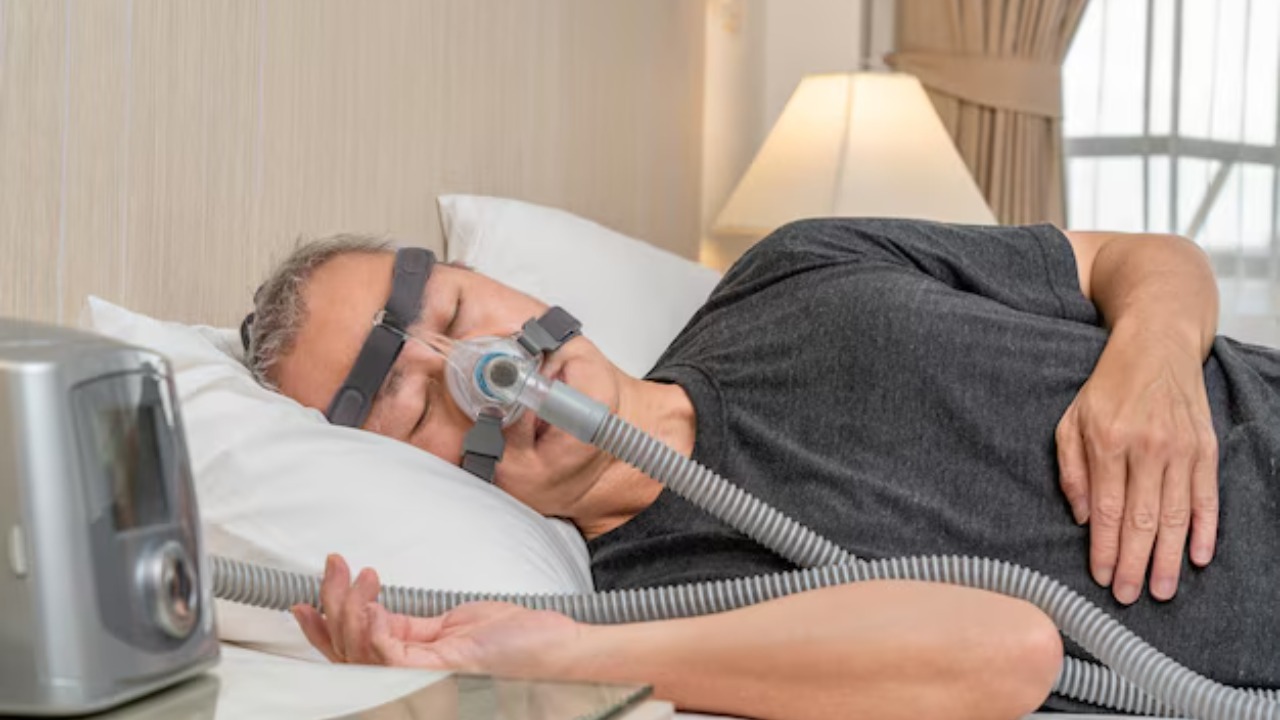
Sleep apnea is a common but serious sleep disorder that can lead to a range of health problems if left untreated. Thankfully, there are now wearable devices that can detect sleep apnea. These gadgets monitor breathing patterns during sleep, identifying pauses in breathing that are characteristic of sleep apnea.
With this information, users can seek appropriate treatment, improving their sleep quality and overall health. These devices are a great example of how wearable technology can help manage chronic conditions.
Wearable Blood Pressure Monitors: Keeping Hypertension in Check

High blood pressure, or hypertension, is a major risk factor for heart disease and stroke. Wearable blood pressure monitors allow users to track their blood pressure throughout the day, helping them to identify triggers and manage their condition more effectively.
These devices can also alert users to dangerously high blood pressure levels, allowing them to seek medical attention promptly. By making blood pressure monitoring more accessible, these devices are playing a crucial role in the fight against cardiovascular disease.
Smart Glasses for Vision Impairment: The Future of Optical Wear
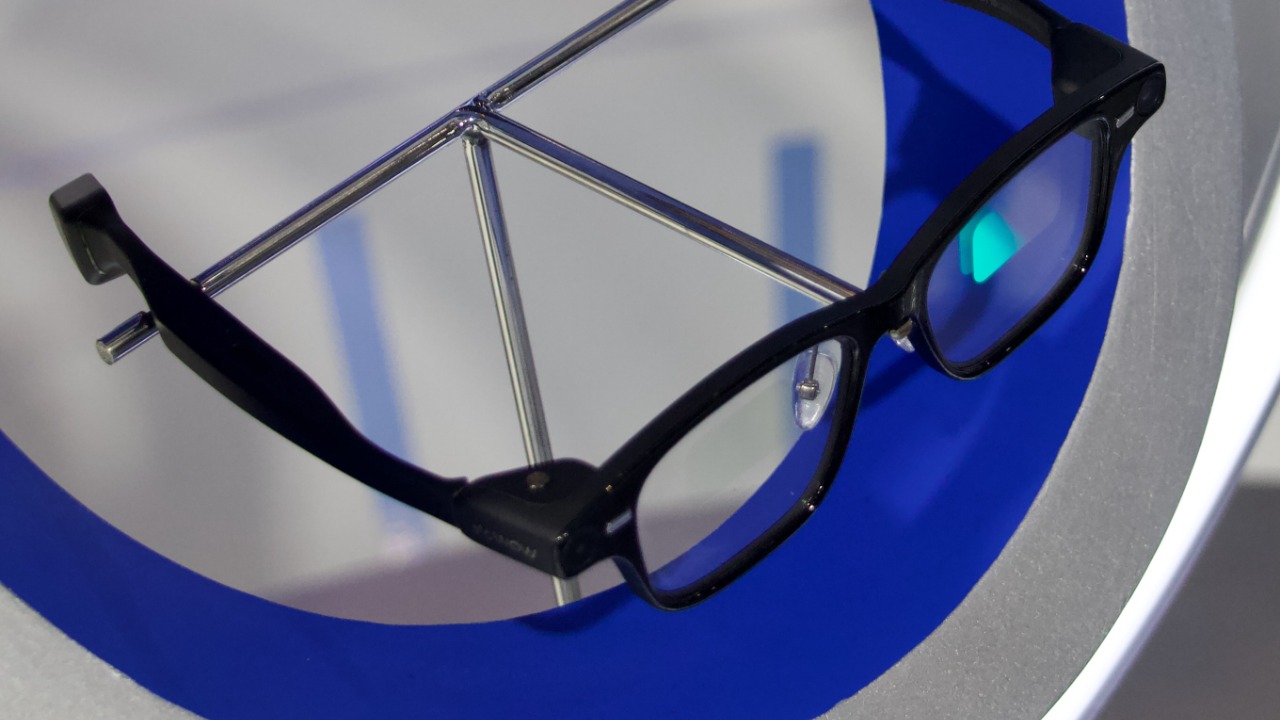
Smart glasses are providing new possibilities for people with visual impairments. These high-tech spectacles can magnify images, adjust contrast and brightness, and even read text aloud. Some models can even recognize faces and objects, providing valuable context for users.
While still in their infancy, smart glasses represent a promising future for optical wear, offering the potential to vastly improve the quality of life for those with vision impairments.
Wearable Defibrillators: Lifesavers in a Compact Form
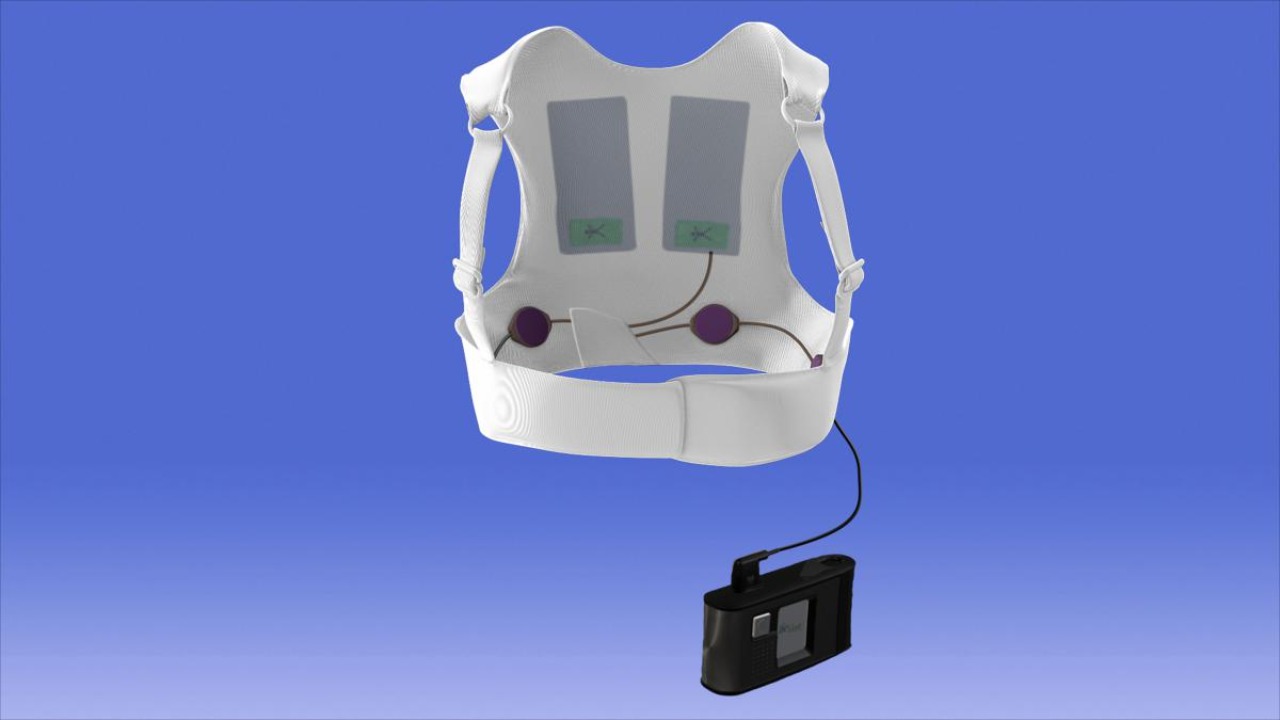
Wearable defibrillators are a life-saving innovation for individuals at risk of sudden cardiac arrest. These devices continuously monitor heart rhythm and deliver a shock if a life-threatening arrhythmia is detected.
By providing immediate treatment, wearable defibrillators can significantly increase survival rates following cardiac arrest. This is a perfect example of how wearable technology is not just convenient, but can also be life-saving.
Portable Dialysis Machines: Freedom for Kidney Patients
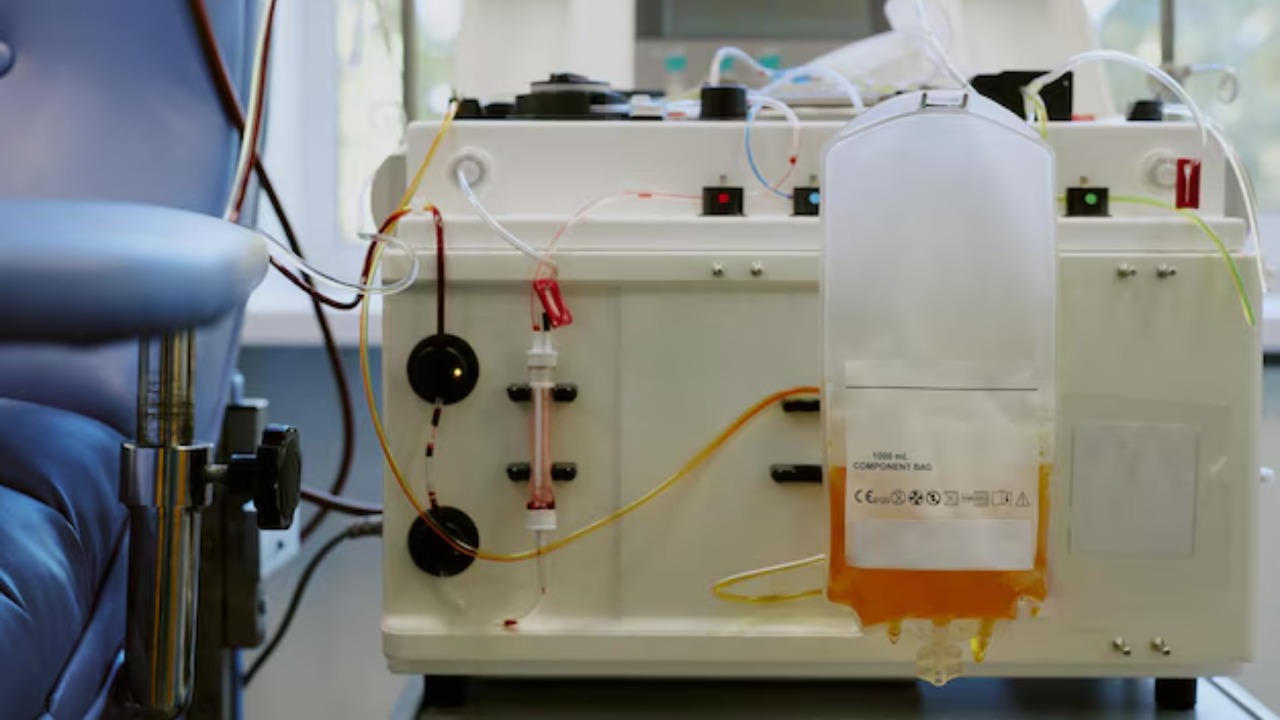
For people with kidney failure, dialysis is a life-saving but time-consuming treatment. Portable dialysis machines are changing this, allowing patients to undergo dialysis in the comfort of their own homes and on their own schedules. These compact devices cleanse the blood of toxins, just like hospital-based machines, but with the added benefits of convenience and flexibility.
This development is drastically improving the quality of life for dialysis patients, offering them newfound freedom and independence.
Neuromodulation Devices: A New Era in Pain Management
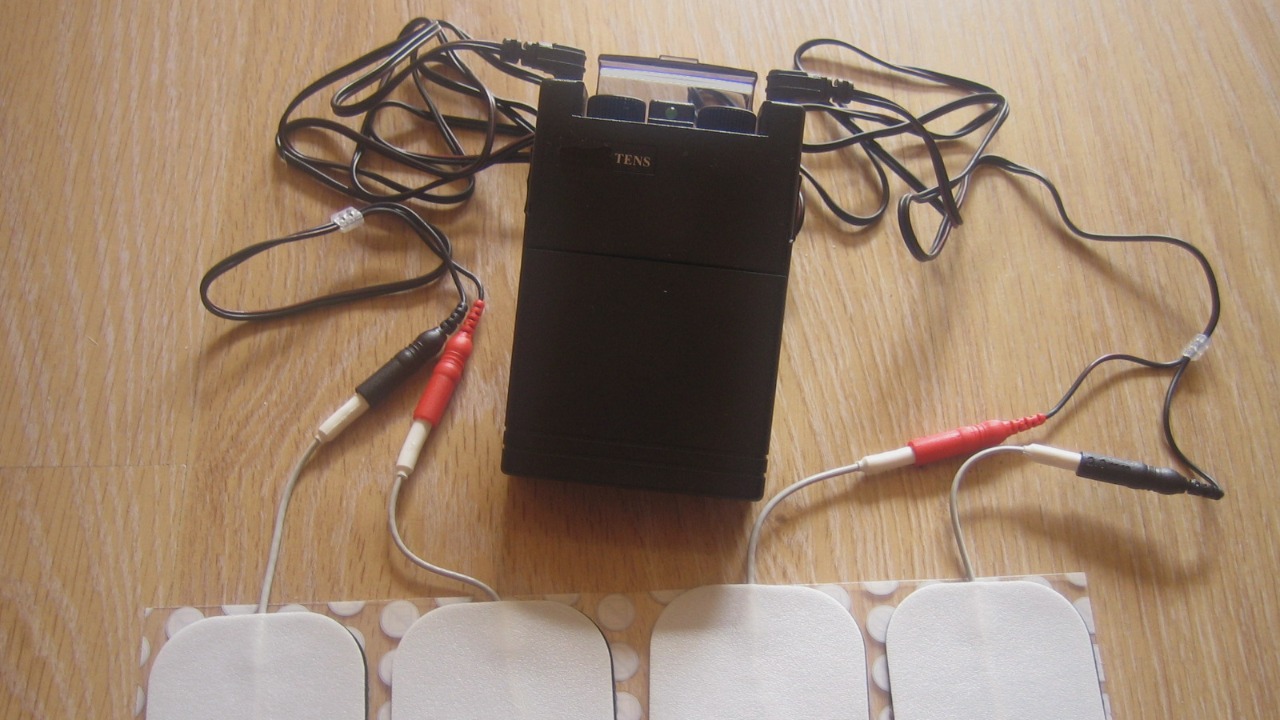
Chronic pain affects millions of people worldwide, often with debilitating effects. Neuromodulation devices offer a new approach to pain management, using electrical currents to interrupt pain signals sent to the brain.
These devices, which include spinal cord stimulators and peripheral nerve stimulators, can be worn on the body, providing relief whenever and wherever it’s needed. As detailed in a ScienceDirect article, these devices can significantly improve pain management and quality of life for chronic pain sufferers.
Wireless Fetal Monitoring Systems: Ensuring Safe Pregnancy
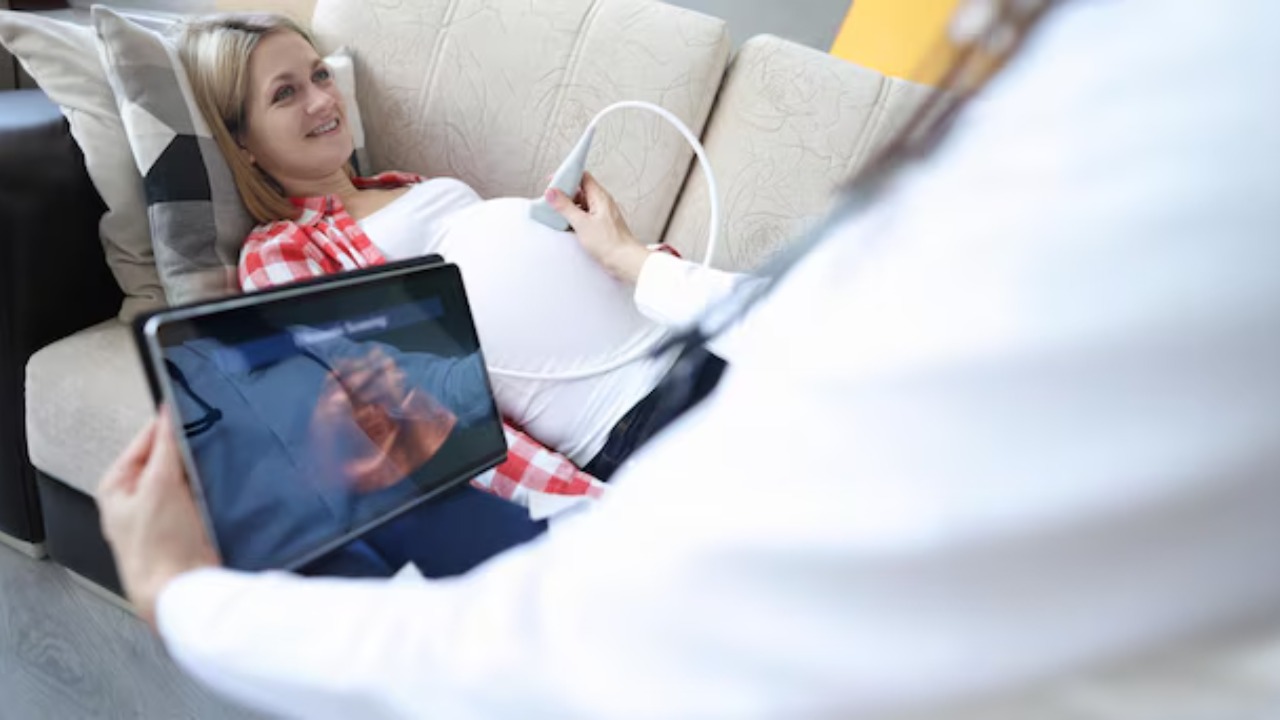
Wireless fetal monitoring systems are providing peace of mind for expectant mothers. These wearable devices monitor the baby’s heart rate and movements, alerting the mother to any potential issues.
Unlike traditional fetal monitors, these devices are non-invasive and can be worn throughout the day, providing continuous monitoring. This can be particularly beneficial in high-risk pregnancies, helping to ensure the safety of both mother and baby.
Wearable Fitness Trackers: Monitoring Overall Health and Wellness

Wearable fitness trackers have become hugely popular in recent years. These devices track a range of health metrics, including steps taken, heart rate, sleep quality, and even stress levels. This data can be used to gauge overall health and guide lifestyle changes.
As noted in a LinkedIn post, fitness trackers are becoming increasingly sophisticated, with some models now capable of detecting signs of illness or stress before the user even feels unwell. This is a testament to the power of wearable technology in promoting health and wellness.